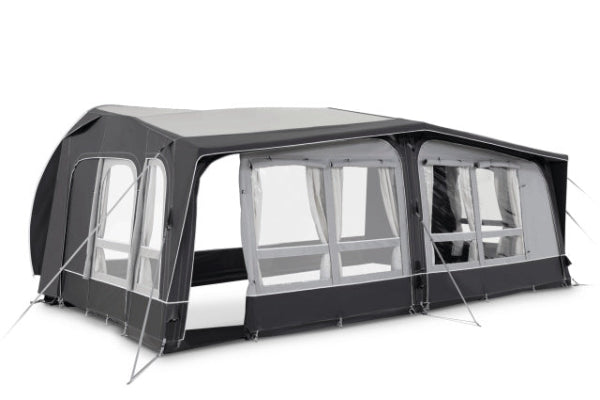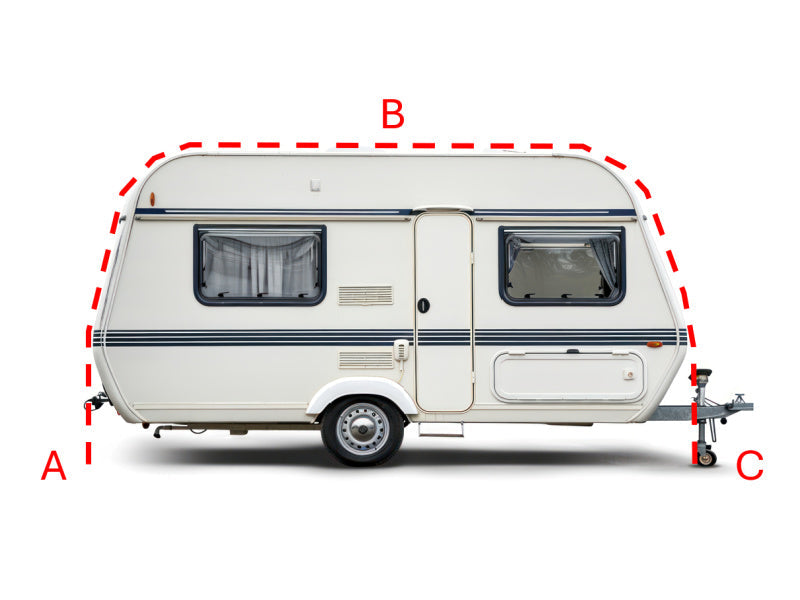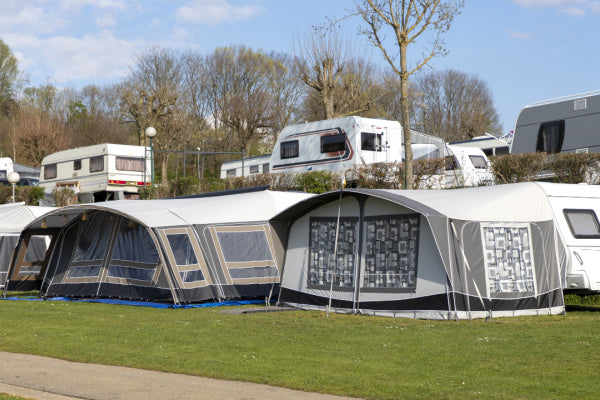Portable Power Stations: Can You Use Them Indoors?
Can you use Portable Power Stations indoors? Short answer: Yes—you absolutely can! They’re quiet, fume-free, and perfect for blackouts, binge-watching, or even charging your blender mid-crisis. But before you plug in everything but the fridge, there are a few safety tips you really want to know. Keep reading!
Understanding Portable Power Stations & Indoor Safety
The Clear Answer: Yes, Indoor Use is a Key Feature
Portable power stations have become a popular solution for keeping devices running both outdoors and indoors. The short answer? Yes, you can absolutely use them indoors—safely.
They offer reliable power during blackouts, emergencies, or just everyday tasks. With no fumes or fuel involved, they’re a cleaner and quieter alternative. Of course, understanding the proper use is still key.

Why They Are Safe: No Fumes, No Carbon Monoxide
Traditional generators emit carbon monoxide, which makes indoor use extremely dangerous. Portable power stations, on the other hand, run on batteries and produce zero emissions.
This means there’s no need to worry about toxic gases or ventilation. They’re safe for flats, offices, hospitals—anywhere clean air matters. The lack of smoke is another huge bonus.
Key Differences from Traditional Fuel-Powered Generators
| Feature | Portable Power Stations | Traditional Generators |
|---|---|---|
| Power Source | Battery | Fuel |
| Emissions | None | Yes |
| Noise Level | Quiet | Loud |
| Indoor Use | Safe | Not Recommended |
Whereas fuel generators are noisy and emit fumes, portable power stations are clean, quiet, and made for both inside and outside use.
What Exactly is a Portable Power Station (and “Solar Generator”)?
A portable power station is a rechargeable battery pack paired with an inverter and charging system. The inverter converts DC battery power to AC so you can use standard plugs.
Some models are solar-compatible, which is why they’re sometimes called “solar generators.” These aren’t true generators—they just store solar energy. They’re ideal for both emergencies and off-grid fun.
Critical Safety Practices for Indoor Operation
Ensuring Proper Ventilation & Preventing Overheating
Even though there are no fumes, overheating is still a risk. Always place the unit in an open area with good airflow.
Avoid placing anything on top or around it that could block ventilation. Never use it in direct sunlight or tucked into small enclosed spaces. Keep it cool and unblocked.
Electrical Safety: Avoiding Overloads and Using Correct Chargers
Only plug in what the station is rated to handle. Overloading can damage the unit—or worse, pose a fire risk.
Stick to the manufacturer’s guidance on charging, cables, and maximum loads. Never mix and match cables unless they’re certified for the device. When in doubt, check the manual.

Battery Care & Recognising Potential Issues
Like any battery-based device, power stations need some care. Regularly inspect them for swelling, heat, or wear.
Charge them before storing long-term. Don’t leave them in damp, hot, or freezing environments. These steps can extend battery life and ensure safe use each time.
Importance of Safety Certifications (e.g., UL Listed)
Always check for safety certifications like UL Listed, CE, or equivalent marks. These labels mean the unit has passed safety and durability tests.
Certified models are less likely to overheat or fail unexpectedly. When you’re using a device indoors, peace of mind is priceless.
Maximising Benefits: How to Use Your Power Station Indoors
Common Indoor Uses and Advantages
Portable power stations shine indoors. They’re flexible, quiet, and reliable. Whether it’s a blackout or just a lack of outlets, they fill the gap.
Their plug-and-play design makes them easy to use, even for those who aren’t tech-savvy. And you won’t need to worry about fumes or noise.
Reliable Backup Power During Outages (Lights, CPAP, Fridge, etc.)
Power cuts are frustrating, especially if you rely on devices like lights, CPAP machines, or small fridges. That’s where portable power stations come in.
| Application | Device | Power Requirement |
|---|---|---|
| Home Office | Laptop, Router | 50–100W |
| Emergency Power | Lights, Phone | 10–50W |
| Medical Devices | Oxygen Concentrator | 100–300W |
They help keep essentials running without the fuss of fuel or noise.
Everyday Convenience: Powering Electronics and Small Appliances Anywhere
From boiling a kettle in your shed to charging your phone on the sofa, these stations offer everyday ease. You’re not stuck near a plug socket.
They work well in temporary setups, DIY corners, or any room lacking outlets. It’s like having portable electricity in a box.

Quiet Operation for Homes, Apartments, and Offices
Noise is a deal-breaker for many, especially in flats or workspaces. Thankfully, portable power stations run almost silently.
You can work, sleep, or take a call without disruption. Perfect for urban living or shared spaces where silence is golden.
Power for Indoor Hobbies, Projects, or Temporary Setups
Setting up lights for a photoshoot? Powering a sewing machine in the attic? These devices make it possible.
They’re useful for artists, hobbyists, crafters—anyone who needs safe, portable electricity without trailing extension cords across the house.
Other content you might like:
- How Long Do Portable Power Stations Last?
- Can You Run a TV Off a Portable Power Station?
- Can Portable Solar Power Stations Work in Winter?
- Are Portable Power Stations Allowed on Planes?
- How Many Hours Will a Portable Power Station Last?
- How Long Can a Portable Power Station Run a TV?
- Can You Leave a Portable Power Station Plugged In All the Time?
- Will a 1000W Inverter Run a Refrigerator?
- What Can a 150W Portable Power Station Run?
- How Many Batteries Do I Need for a 1000W Inverter?





Leave a comment